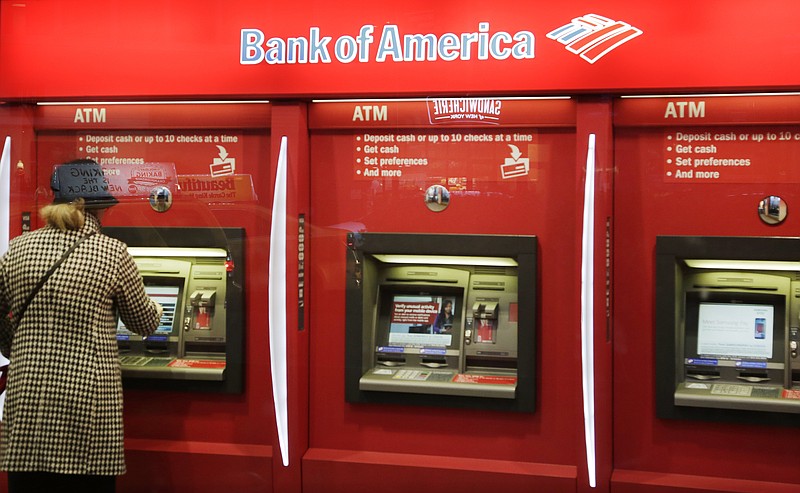Imagine walking into your bank (at least metaphorically) and depositing $1,000 in your saving account with the knowledge that next year you will get $999 back. Welcome to the brave new world of negative interest rates. This Bizarro World has existed in much of the developed world for the past five years, but the odds are growing that Americans will experience what was once unimaginable.
Throughout most of history, savers rightly expected a small but positive rate of return in exchange for foregoing current consumption. Interest rates rise and fall with economic conditions and expected inflation, but logic dictates that the nominal rate must exceed zero. However, the aftermath of the global financial crisis has turned logic on its head and led central banks around the world to experiment with previously unthinkable policy prescriptions with implications that are not yet fully understood.
Policymakers were confronted with laconic growth rates coming out of the 2008 global recession, contrary to previous experience. Traditional monetary policy calls for reducing interest rates in an effort to promote business borrowing for reinvestment in expansion and capital investment. All things equal, lowering the cost of borrowing should stimulate more of it. But when rates reach very low levels, additional reductions provide little incentive to borrow, particularly if companies do not anticipate attractive returns on additional investments. This was exactly the environment that existed in 2014: long after the end of the recession, growth was still stuck in second gear. Once central banks dropped interest rates to zero, the question became: what next?
So began a risky experiment: the European Central Bank took the unprecedented step of charging banks a fee on cash reserves they held at the ECB. Several non-ECB European countries followed suit, as did Japan, in implementing negative rates on the theory that penalizing banks for holding cash would incentivize them to get busy lending.
Economists continue to debate the efficacy of negative rate policy, but the evidence suggests that it has been ineffective in stimulating growth. Nevertheless, it was generally assumed the United States was immune from negative rates given certain structural advantages and a generally more robust economy. In the throes of the coronavirus outbreak, all bets are off.
The U.S. Federal Reserve announced an emergency cut of 50 basis points (one half percent) in its benchmark interest rate, to a target level of 1%. But the market is, as usual, way ahead of the Fed, as rates on U.S. Treasury bonds have plummeted to record lows. On Monday, the yield on the 30-year bond broke below 1% and the 10-year bond hit 50 basis points. As a touch point, the previous all-time low for the 10-year bond was 1.37% in July of 2016.
The bond market is currently pricing in a 75% probability that the Fed goes to zero this month. At that point, 2 questions arise: where next, and to what effect?
As to the first question, the odds are increasing that we will see negative yields in the United States this year. The second question is more problematic. Imposing negative rates on individual savers will likely encourage cash hoarding. A decline in saving reduced the pool of available capital for investment and could exacerbate the slowdown that the policy is intended to address. And psychologically, the situation is unnerving and damaging to confidence.
Without doubt, global stock markets have become unhealthily addicted to central bank largesse in the absence of sound fiscal policy by legislators. But once rates approach the so-called "zero bound", things get weird. We don't know how the experiment will turn out, but we may soon find out.
Christopher A. Hopkins, CFA, is a vice president and portfolio manager for Barnett & Co. in Chattanooga
